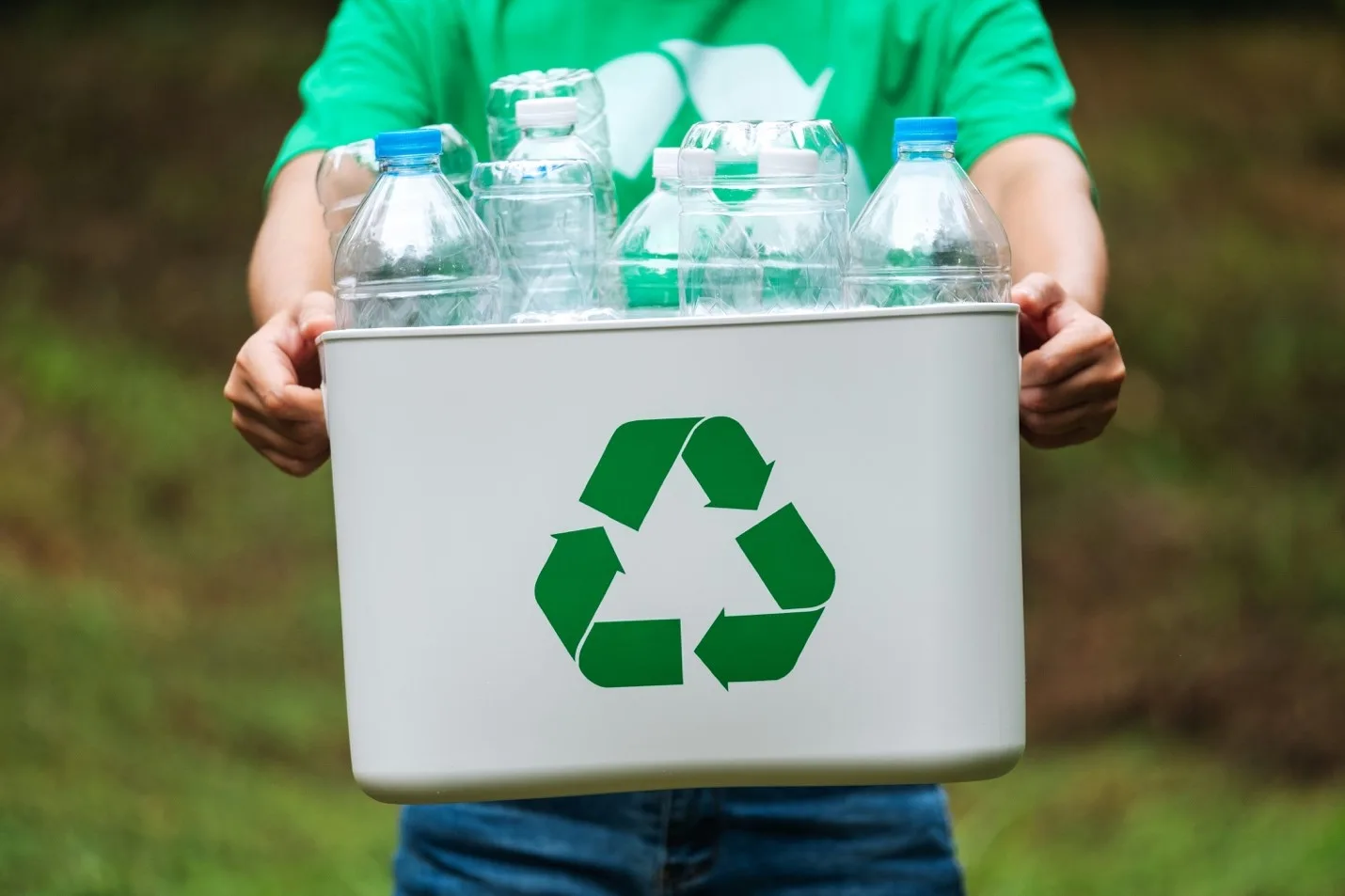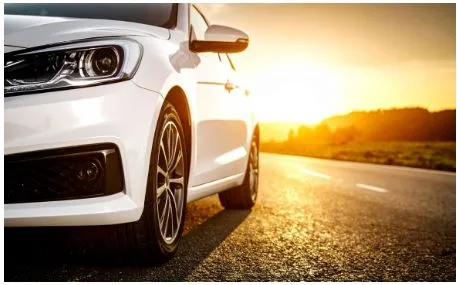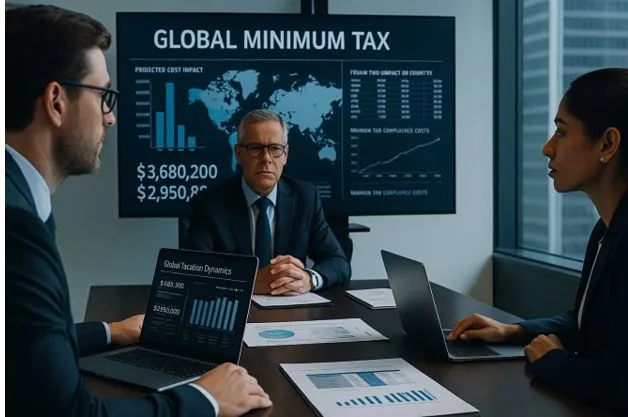Pennsylvania Resources Council Achieves Environmental Excellence Recognition with Colcom Foundation Support
Recently, Pennsylvania’s environmental community celebrated a milestone: the Pennsylvania Resources Council (PRC) was awarded the Governor’s Award for Environmental Excellence. The recognition singled out PRC’s “hard-to-recycle” collection program—a quiet but powerful initiative that kept nearly half a million pounds of hazardous materials out of landfills last year. At the center of this achievement stands Colcom Foundation, the Pittsburgh-based philanthropy whose support has sustained some of the region’s most ambitious conservation work.
The award shines a light on one of the less visible crises in environmental protection: what happens to waste that ordinary recycling programs cannot handle. From televisions and microwaves to tires and polystyrene foam, these items carry a dual burden—they contain materials worth reclaiming but also toxins that can leach into soil and waterways if left to decay in landfills.
“Every day at PRC, we’re working to prevent waste and protect the environment,” said Deputy Director Sarah Alessio Shea. “For more than two decades, the hard-to-recycle program has provided a responsible option for disposing of materials curbside bins can’t accept. Its success shows the very real impact this work has on communities across Pennsylvania.”
The Scale of Impact
The numbers from 2024 illustrate just how significant that impact has been. PRC events collected 386,000 pounds of electronics, 49,000 pounds of small appliances, 36,000 pounds of tires, and more than 1,400 pounds of polystyrene. In all, 6,000 households across southwestern Pennsylvania took part—helping ensure that these stubborn forms of waste entered safe processing streams rather than landfill cells.
Since its launch in 2003, the program has diverted more than 4.2 million pounds of electronics and other problem materials, from fluorescent tubes to Freon appliances. That diversion is not simply about keeping landfills tidy; it is about protecting entire watersheds from contamination. “It’s important to keep these items out of landfills,” explained PRC Collection Events Manager Joshua Schuneman. “Many contain toxins that can infiltrate our waterways, while others hold valuable resources we can reuse.”
Those resources are not trivial. Old electronics carry traces of gold, silver, and rare earth elements that can be recovered for new technology. Tires, once recycled, become playground surfaces or asphalt filler, and their removal from vacant lots cuts down on mosquito breeding grounds. Even lightweight polystyrene foam can be compacted and reborn as building materials or picture frames.
Partnership as Strategy
Behind the logistics of each collection event lies a carefully built partnership model. Colcom Foundation, created in 1996 by philanthropist Cordelia Scaife May, has long provided critical support for environmental projects in the region. Its funding helps underwrite the costs of hosting events, lowering fees for residents and ensuring broader participation.
Other sponsors—from the Allegheny County Health Department and City of Pittsburgh to the Pennsylvania Department of Environmental Protection and Pennsylvania American Water—round out the coalition. By pooling resources across public agencies, private partners, and philanthropy, PRC has been able to sustain and scale the program for more than twenty years.
This cooperative model mirrors a broader trend in conservation financing. Rather than relying solely on government budgets or private donations, successful initiatives often braid together multiple funding streams. For Colcom, which also supports organizations such as the Western Pennsylvania Conservancy and the Pennsylvania Environmental Council, the partnership represents a continuation of its mission to preserve and restore natural resources in the state.
Recognition and Responsibility
The Governor’s Award is not lightly given. Evaluation criteria include not just measurable environmental protection, but also innovation, partnership, climate considerations, economic impact, and environmental justice outcomes. “This year’s honorees embody the innovative thinking needed to protect our environment and shape a more sustainable future for Pennsylvania,” said Department of Environmental Protection Acting Secretary Jessica Shirley. “These projects prove that collaboration can preserve and protect the Commonwealth’s natural resources.”
That note of collaboration is crucial. Pennsylvania remains haunted by the environmental legacy of its industrial past—abandoned mines, polluted rivers, air still bearing traces of heavy manufacturing. In that context, PRC’s hazardous waste program is both practical and symbolic: it demonstrates how systematic, community-level interventions can chip away at long-standing environmental burdens.
Beyond Waste Diversion
The program does more than remove harmful materials from circulation. Each collection event doubles as an educational opportunity. Residents not only drop off old televisions or tires but also learn about the downstream effects of improper disposal and the alternatives available. That knowledge shapes future household decisions, multiplying the program’s influence well beyond the immediate tonnage of waste diverted.
Accessibility remains another hallmark. Event locations are chosen to serve a wide range of communities, including those with limited transportation options. Fees are kept minimal, offset by sponsor support, so that economic barriers do not stand in the way of participation. In this way, the program folds environmental justice into its operating model, ensuring that the benefits of cleaner air, water, and soil extend across socioeconomic lines.
For PRC and its partners, the Governor’s Award is both a recognition and a challenge to keep pushing forward, to keep finding ways of addressing the kinds of environmental problems that do not always make headlines but matter profoundly in daily life. For residents of Pennsylvania, it is a reminder that protecting natural resources often begins with the simplest of choices: where to take that broken appliance, that stack of old tires, that piece of stubborn foam.






